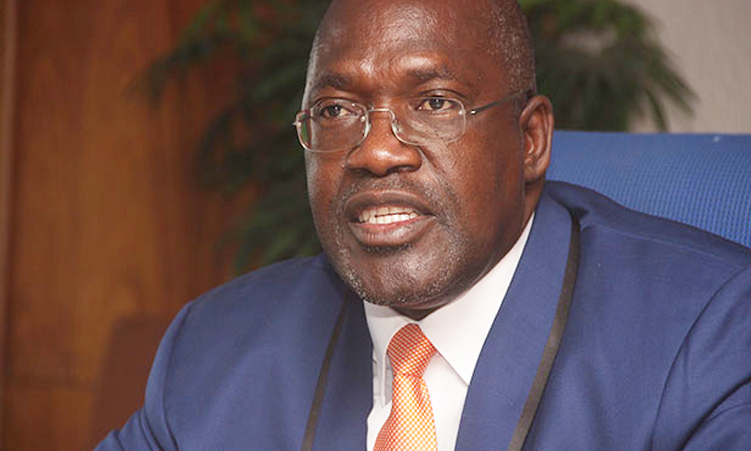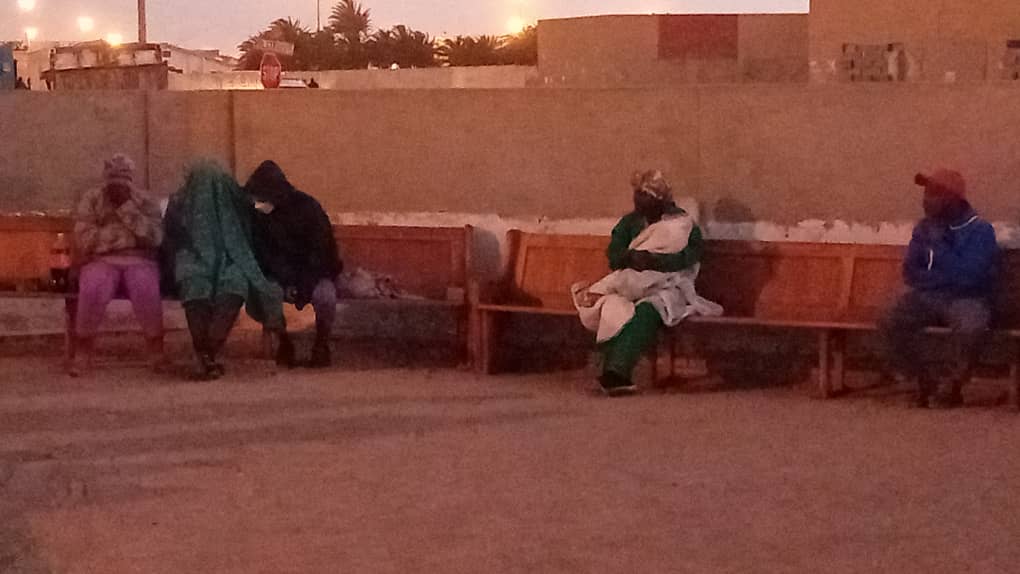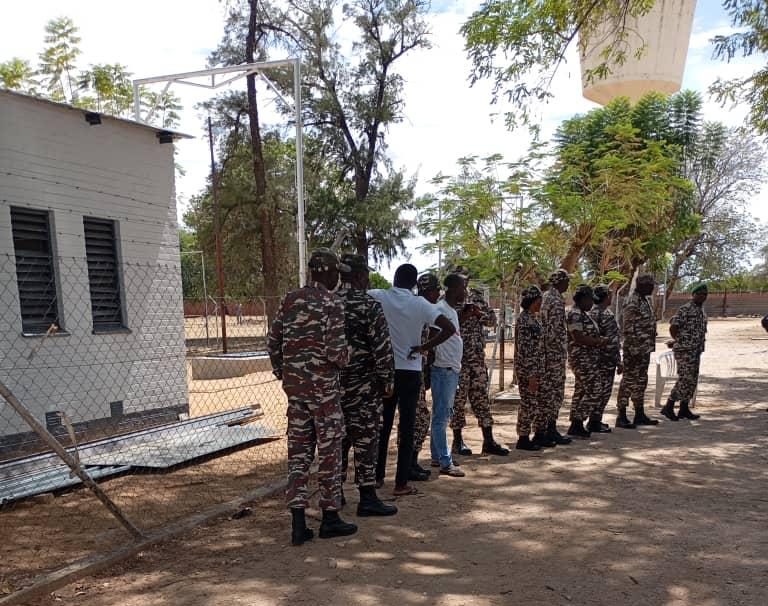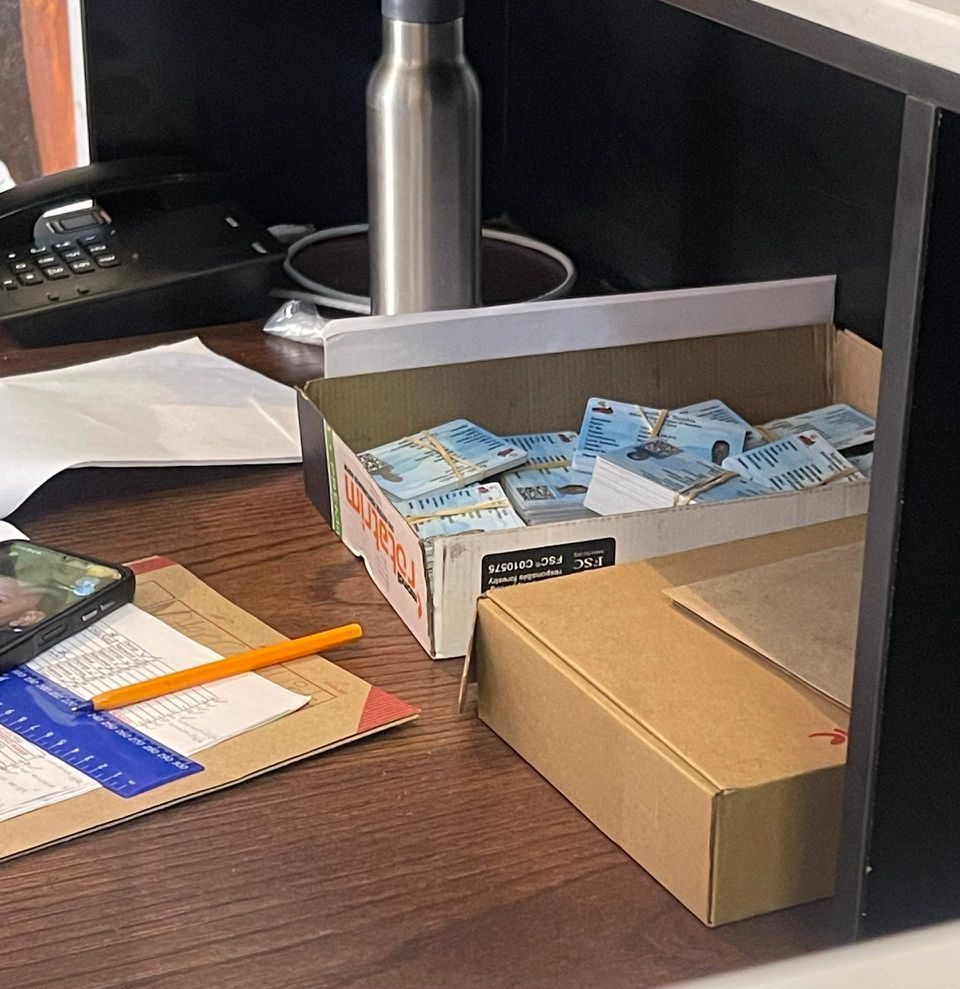THE Stampriet Aquifer Uranium Mining Association (Sauma) has expressed concern about in-situ uranium mining in the Stampriet Artesian Basin, in a presentation to the parliamentary standing committee on natural resources.
Sauma is a non-profit organisation made up of a group of farmers, game ranchers and lodge owners, who are opposed to in-situ mining in the Stampriet Artesian Basin, which is regarded as having the best quality underground water in the country.
According to a media statement issued by the association, an affiliate of the Namibia Agricultural Union, Sauma made its presentation to two members of the committee at Leonardville on 17 November.
The committee is chaired by parliamentarian and former minister Tjekero Tweya.
“Various regional leaders including governors, councillors and community representatives – all of whom solely rely on the underground aquifers in the basin for their drinking water – attended the gathering,” said Sauma.
This development comes soon after the Ministry of Environment, Forestry and Tourism approved an Environmental Clearance Certificate (ECC) to Headspring Investments, the operating company of the Uranium One Group in Namibia.
The ECC will allow the Russian company, which intends to construct a field laboratory on farm Tripoli, located some 15km outside Leonardville, where the company’s main field operations take place.
Executive director of Headspring Investments Kirill Egorov-Kirillov confirmed that all due processes regarding the Environmental Impact Assessment (EIA) were followed.
During presentation to the committee, Sauma detailed the process of in-situ leach mining, emphasising the potential risks and outlining its adverse effects.
The presentation covered key aspects such as the definition and procedure of in-situ leach mining, the critical dependence of everyone living and farming in this region on the water in the aquifer, water usage and consumption patterns within the basin and the problems inherent to in-situ leach mining.
Sauma also elaborated on the challenges of restoring the mining areas, the features that will result in leakage of the uranium-rich acid solution from the mined aquifer to other aquifer layers, the presence of radioactivity, the build-up of heavy metal toxicity and the spread of both from the mine area far into the rest of the aquifer.
“It is important to note that Sauma does not oppose mining in general, but strongly objects to mining activities within the Stampriet Artesian Basin, Namibia’s primary and largest artesian water resource.
“While acknowledging the potential for job opportunities that in-situ leach uranium mining may hold for Namibians, the committee firmly believes that the environmental contamination of our most valuable water resource far outweighs any short-term benefits,” said Sauma, adding that the long-term consequences and damage are simply too significant to ignore.
Sauma requested the involvement of independent specialists, including hydrologists and geologists, to conduct a thorough scientific investigation into the hazards associated with in-situ uranium leach mining within a critical and absolutely unique drinking-water aquifer.
The in-situ mining issue has been very controversial, with agriculture minister Calle Schlettwein publicly expressing opposition to the mining process of the largest aquifer in southern Namibia, which extends to Botswana and South Africa.
Reached for comment, agriculture spokesperson Jona Musheko said: “The minster has, on numerous occasions, spoken out about our position on this, hence the withdrawal of the drilling permit we once issued.
– email:matthew@namibian.com.na
Stay informed with The Namibian – your source for credible journalism. Get in-depth reporting and opinions for
only N$85 a month. Invest in journalism, invest in democracy –
Subscribe Now!






